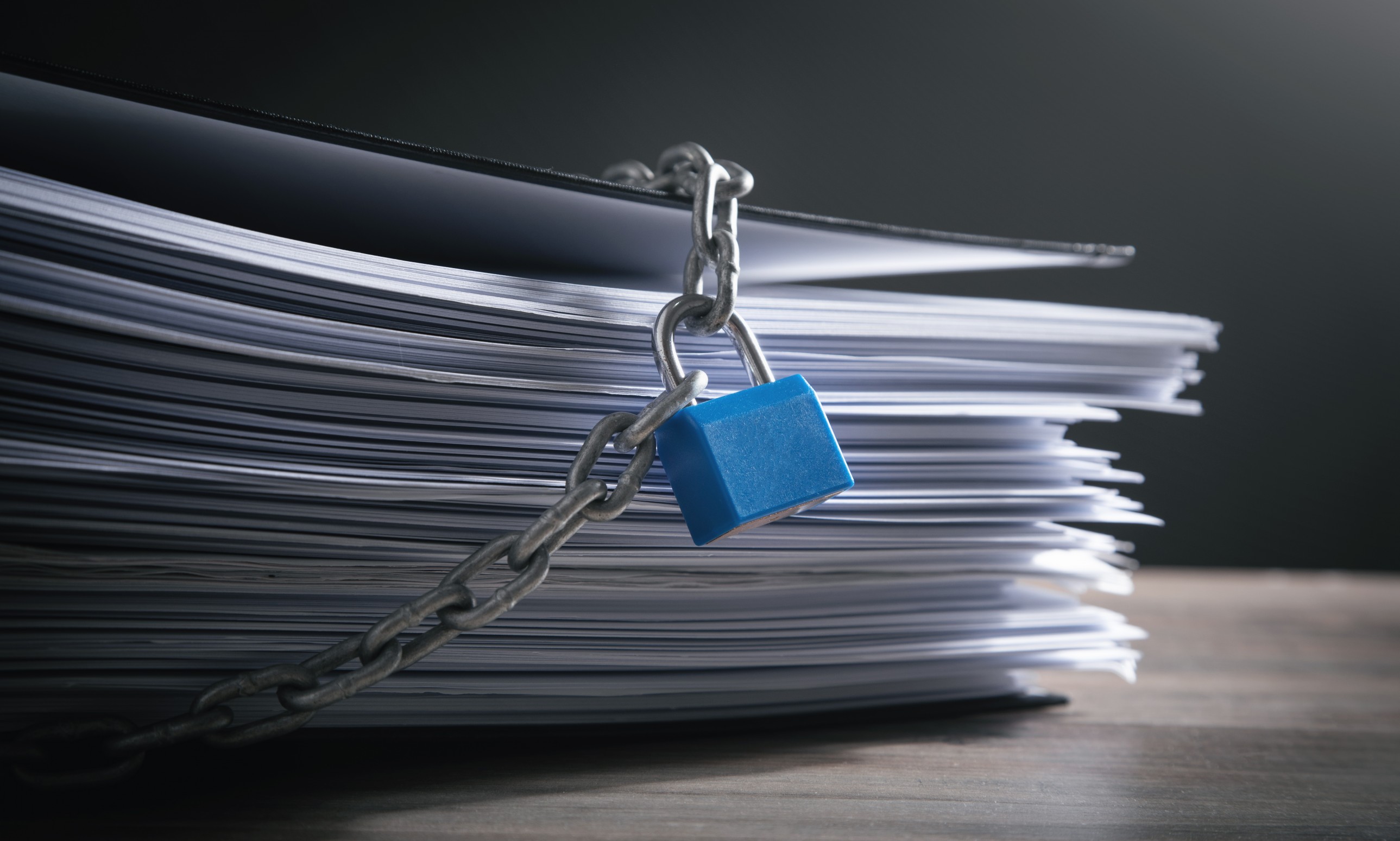
Litigation Privilege – Sadeq v Dechert LLP – Practical advice for P&I Clubs
November 12th, 2024
Litigation Privilege – Sadeq v Dechert LLP – Practical advice for P&I Clubs
In England, there are two main forms of privilege. The most well-known is legal advice privilege which protects communications between the client and legal advisor that have been generated for the purpose of giving and receiving legal advice (i.e. communications from a client to their lawyer containing instructions and communications from lawyers to their clients providing that advice).
Legal advice privilege can only apply to communications between a client and their legal advisor.
Secondly, and less understood, is litigation privilege.
Litigation privilege
Litigation privilege attaches to documents created on behalf of, or by, the client or lawyer to third parties for the dominant purpose, or in the contemplation of, litigation.
Such documents or communications that fall within litigation privilege could, for example, be investigation notes/reports by surveyors, experts, correspondents and lawyers when carrying out an investigation on board a ship or communications between a client and their accountant, gathering financial data to help inform the quantum of a claim. In other words, communications with third parties outside of the client/lawyer relationship.
There are a number of factors which have to be satisfied for litigation privilege to apply:
- A confidential communication or document has to have been created
- This document/communication has to be made by the client, their lawyer or on behalf of the client or lawyer and with a third party (e.g. the client’s accountant, expert witness or other professional advisors etc)
- Litigation has to be in reasonable contemplation (not just a mere possibility) or ongoing at the time of the communication; and
- The communication has to have been created for the dominant purpose of litigation (i.e. for use in that litigation as evidence (e.g. financial data to inform a claim value) or to assist with the provision of legal or professional advice to aid the client with the contemplated/ongoing litigation). If the document has been created to assist with, for example, an internal loss prevention investigation following an accident as its primary purpose but has gathered some evidence that will assist in contemplated or ongoing legal proceedings – it may not qualify for litigation privilege. This is because the dominant purpose of that document is to record an internal investigation, as opposed gathering evidence for use in litigation.
A key difference between legal advice privilege and litigation privilege is that a lawyer does not need to be included or involved in the communication for it to be protected by litigation privilege. For example, it is possible that a communication between the client and their agent, P&I Club or accountant for information that is needed as evidence in the litigation could fall within the protection of litigation privilege.
Sadeq v Dechert LLP – “sufficient interest”
Earlier in 2024, the Court of Appeal provided some welcomed guidance on the scope of litigation privilege in Al Sadeq v Dechert LLP [2024] EWCA Civ 28. ewca_civ_2024_28.pdf
One question before the court was that of “sufficient interest” and specifically whether the party claiming litigation privilege should be subject to a test to establish whether they have sufficient interest in the contemplated, or ongoing litigation, to avail itself of privilege.
This is of particular importance to insurers, such as P&I clubs, who will likely be involved in the day-to-day conduct of contemplated proceedings (i.e. those in the pre-action stage) or ongoing litigation, and producing communications that (at face value) would fall within the scope of litigation privilege.
In considering the question, the court highlighted that where a party to litigation is insured and their insurers are involved in the contemplated or ongoing proceedings, it would be “absurd” for litigation privilege to attach to communications generated by the insured (i.e. Member) but not to the insurers’ (i.e. the P&I Club) communications relating to the same litigation.
As a result, the court held that a separate ‘sufficient interest’ test is not needed.
The court’s reasoning was on the basis that if such a test existed, it would largely be irrelevant as it would be rare that the ‘dominant purpose’ test would be satisfied but the party (e.g. an insurer) would be “a stranger to the litigation.” Instead, “an additional requirement of a sufficient interest in the proceedings in all cases is better determined if and when it arises for decision.”
So, in other words, courts will continue to take a case-by-case approach to determining whether an insurer or another third party can be regarded as having “sufficient interest” in the litigation when claiming privilege. As opposed to creating an additional hurdle that must be overcome.
P&I Clubs and insurers alike should welcome this verdict. Litigation privilege is already a very fact specific concept and maintaining the case-by-case approach should enable P&I Clubs to benefit from privilege to the same extent as their Members.
Are you on board?
Get in touch